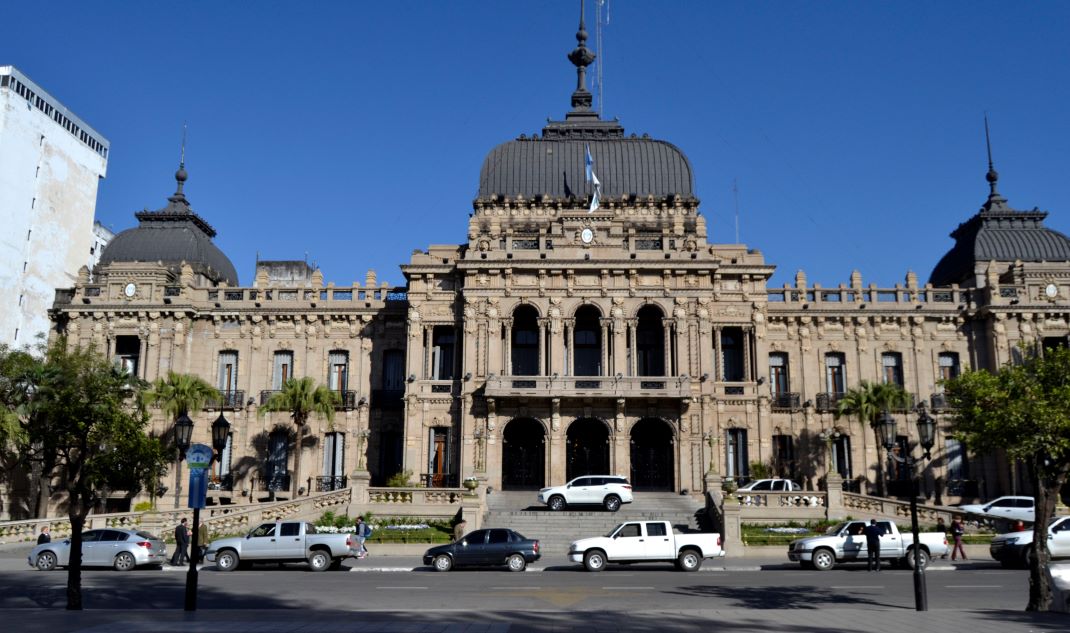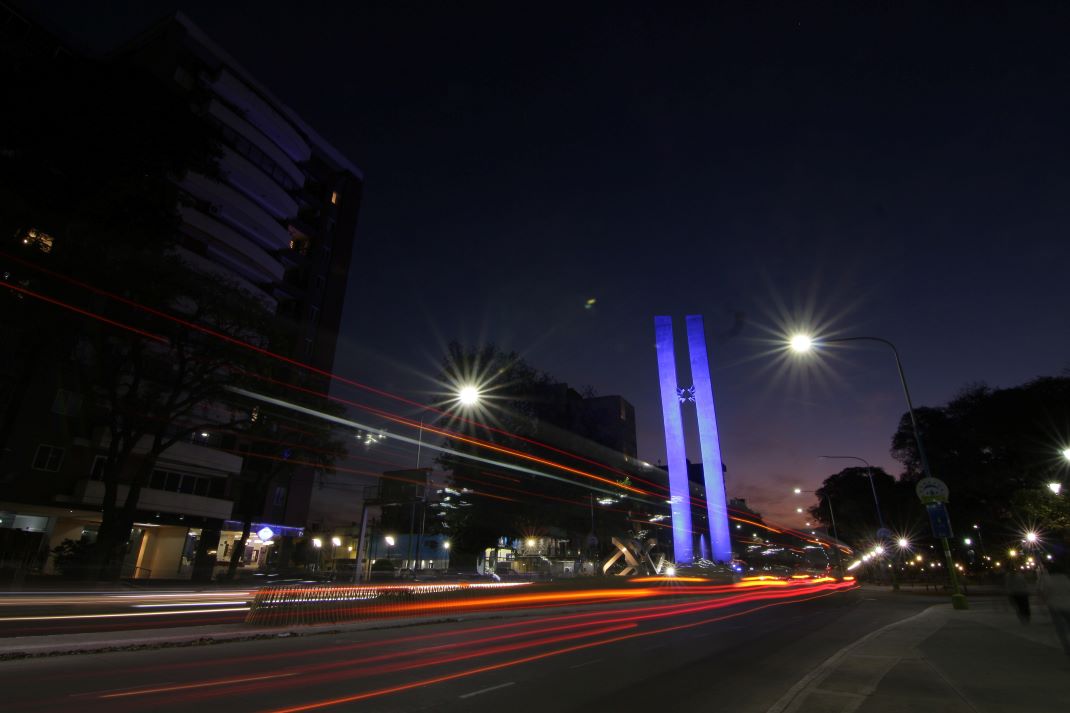Historic City Experience
Historic City Experience

San Miguel de Tucumán Historical City
The historic city of San Miguel de Tucumán invites you to immerse yourself in the story of our country's independence, which was born on its cobblestone streets and whose spirit still endures today. One of its main attractions is the historic center, the oldest part of the city, where you can explore and visit the most important buildings such as the Historical House of Independence, the Government House (which was formerly the Cabildo), as well as museums and religious temples—rich sites of history surrounding the main square, the Independence Square.
Independence Square
It is the central walkway of the city, where the statue of liberty, created by the famous sculptor Lola Mora, is displayed. Originally built to house government offices and the Cathedral Church, it gradually expanded and became the main public promenade, lined with museums and shops. Notable buildings include the Government House, the Jockey Club Tucumán, the Economic Federation of Tucumán, Casa Padilla, the Rougés Cultural Center, and the Mercedes Sosa Theater.
Government House
One of the must-see sights in the capital is the Government House, a National Historic Monument with a stunning facade. Its construction was driven by the need to promote urban renewal and development in San Miguel de Tucumán by replacing the colonial-era town hall.
Undoubtedly, one of the most striking features for visitors is its eclectic design and architecture that combine French Baroque with Italianate elements and Art Nouveau ornaments. Its White Hall, the most important area, is used for official ceremonies and by notable figures from politics and culture. It is worth noting that the building houses the remains of one of the most distinguished Tucumanos in Argentine history: Juan Bautista Alberdi.
The Government House offers free guided tours from Monday to Friday (except holidays) at 9:00, 10:30, 12:00, 2:00 PM, 3:00 PM, and 4:00 PM.
Address: 25, 25 de Mayo St., San Miguel de Tucumán.
9 de Julio Park
When visiting the historic city, a must-see is the 9 de Julio Park, which spans 200 hectares and is considered the largest park in Northern Argentina. It was designed by the famous landscaper Charles Thays and opened in 1916 for the country's centennial of independence.
9 de Julio Park contains numerous sites to visit:
The Museum of the sugar industry, house of Bishop Colombres.
The floral watch, an icon of the park that deserves a photograph.
The San Miguel Lake
El Rosedal (The Rose Garden)
The Municipal Sports Palace where artistic events are held
Tucumán Lawn Tennis Club
Nasif Estéfano Municipal Racetrack
Bars, restaurants and recreational sites for children and young people
Historic Temples Circuit
The historic city is known for its numerous religious temples that are a must-see. Notable among them are the Cathedral of Our Lady of the Incarnation and the Minor Basilica of Our Lady of Merced, which safeguard important relics from the country's history. Other significant temples include the Santo Domingo Church and the Church and Convent of San Francisco, which is currently under renovation and still retains its original colors on its facade.
Nightlife
The capital offers an interesting range of gastronomic options, featuring a wide variety of bars, including the classic "Sangucherías", which prepare one of Tucumán's star dishes: the Sánguche de Milanesa (Milanese Sandwich). Additionally, there are barbecue and regional food restaurants. In addition, the Tucuman capital has an agitated cultural life with theaters and spaces that offer a diversity of artistic proposals.


